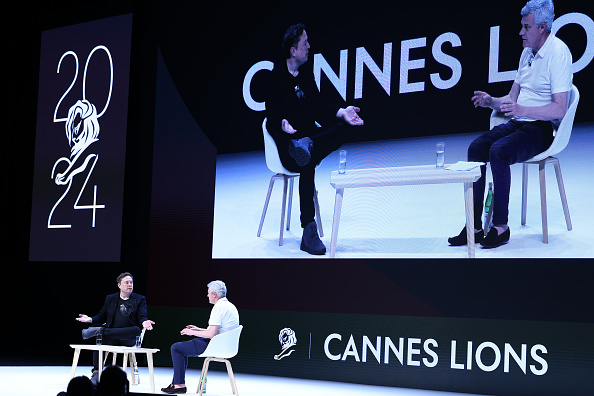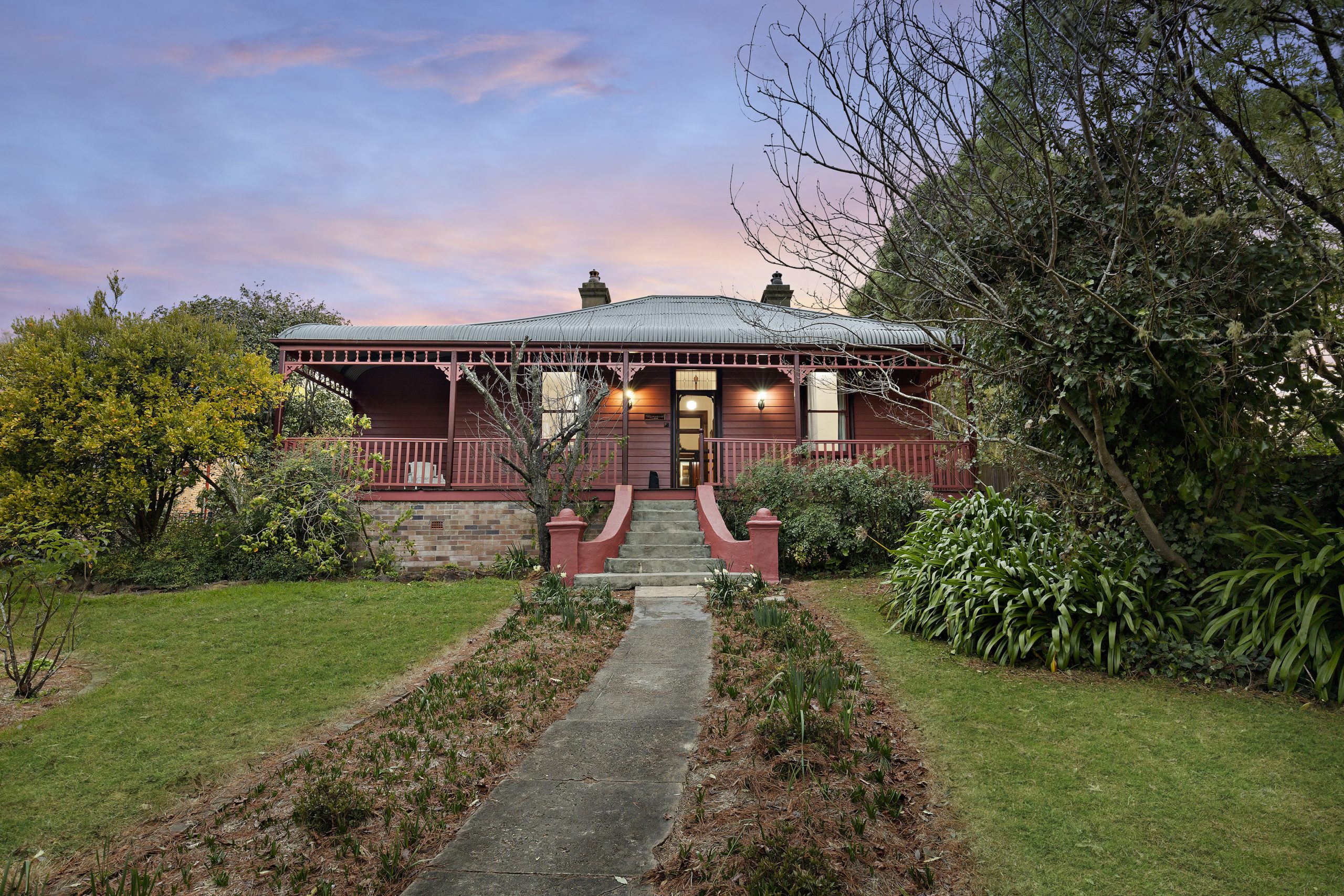London Stock Exchange Launches First Fund Under New Market for Carbon Credits
Foresight Sustainable Forestry, a U.K.-based investment fund that develops commercial forestland, is the first company to take part in the new voluntary carbon market
The London Stock Exchange Group PLC on Monday launched the first fund under its new market for carbon credits, which aims to provide capital to green projects and transparency in an opaque area of sustainable finance.
The new market offers a way for companies and investors to purchase carbon credits to offset emissions and meet net-zero commitments. Developers can raise funds through the exchange and use the money on projects to reduce greenhouse gasses. Companies and shareholders, in return for their investments, can receive carbon credits in lieu of cash dividends.
Companies can currently purchase carbon credits through brokers and private-market intermediaries. However, some companies find it difficult to get information about project developers and can struggle to identify specific projects—in areas such as forest protection or renewable energy—that fit their preferences, environmental lawyers said.
By launching the market the London Stock Exchange hopes to make it easier for companies and investors to access information about the projects that generate carbon credits, said Claire Dorrian, head of sustainable finance for the exchange’s capital markets and post-trade divisions. “I think the overarching principle behind all of this is transparency through disclosure,” Ms. Dorrian said.
Demand for credits in voluntary carbon markets is on the rise as more companies make net-zero commitments and position themselves as taking steps to improve the environment. Just under $2 billion in carbon credits were sold in 2021, up from $520 million a year earlier, according to Ecosystem Marketplace, which tracks data on environmental finance. By contrast, mandatory carbon markets in Europe and elsewhere force major polluters to limit their emissions.
Foresight Sustainable Forestry Co. PLC, a London-based investment firm, is the first company to take part in the new voluntary carbon market, the London Stock Exchange said Monday. Foresight invests in developing land for commercial forests, primarily in the U.K.
The company, which listed on the public markets in 2021, expects to raise additional funds in the year ahead using its Voluntary Carbon Market, or VCM, designation, meaning shareholders could elect to receive carbon credits in lieu of a cash dividend, said Richard Kelly, co-head of Foresight. “We’d be looking to attract companies, and ideally companies with science-based, net-zero pledges, to join us as shareholders,” Mr. Kelly said.
For the new market, developers must disclose the percentage of their total assets invested in eligible climate-change mitigation projects. They must also disclose the industry standards they use to certify their projects. Operating companies or investment funds on the exchange are eligible for the voluntary carbon market and must meet all other requirements for the market on which they are listed. London Stock Exchange Group also operates the FTSE 100 and FTSE 250 indexes and provides financial data.
Companies are facing increasing pressure to disclose climate-related information from regulators and standard-setters across the globe. Finance departments, in particular, are taking on a bigger role when it comes to allocating capital toward carbon offsets and reporting on pollution. “It is becoming more of a financing function, more of a treasury responsibility,” Ms. Dorrian said.
Still, the new market could come with challenges for companies looking to invest. For instance, those interested in crafting a particular narrative about their green investments may find it hard to do so if the credits they receive are tied to several underlying projects, lawyers said.
Underlying demand among companies for purchasing credits through the exchange also remains an open question. “It’s maybe a question of, ‘If you build it, they will come,’” said Chris Staples, a partner at the law firm Linklaters LLP.
Ms. Dorrian, the London Stock Exchange’s head of sustainable finance, declined to provide a specific figure on the number of companies and funds the stock exchange expects to launch on the voluntary carbon market in the coming year. The new market represents a change in how companies currently buy carbon credits, and it takes time for funds and companies to raise new funds, she said.
“It’s going to take, I think, a little bit of time for the market to digest,” Ms. Dorrian said.
 Copyright 2020, Dow Jones & Company, Inc. All Rights Reserved Worldwide. LEARN MORE
Copyright 2020, Dow Jones & Company, Inc. All Rights Reserved Worldwide. LEARN MORE
This stylish family home combines a classic palette and finishes with a flexible floorplan
Just 55 minutes from Sydney, make this your creative getaway located in the majestic Hawkesbury region.
As Paris makes its final preparations for the Olympic games, its residents are busy with their own—packing their suitcases, confirming their reservations, and getting out of town.
Worried about the hordes of crowds and overall chaos the Olympics could bring, Parisians are fleeing the city in droves and inundating resort cities around the country. Hotels and holiday rentals in some of France’s most popular vacation destinations—from the French Riviera in the south to the beaches of Normandy in the north—say they are expecting massive crowds this year in advance of the Olympics. The games will run from July 26-Aug. 1.
“It’s already a major holiday season for us, and beyond that, we have the Olympics,” says Stéphane Personeni, general manager of the Lily of the Valley hotel in Saint Tropez. “People began booking early this year.”
Personeni’s hotel typically has no issues filling its rooms each summer—by May of each year, the luxury hotel typically finds itself completely booked out for the months of July and August. But this year, the 53-room hotel began filling up for summer reservations in February.
“We told our regular guests that everything—hotels, apartments, villas—are going to be hard to find this summer,” Personeni says. His neighbours around Saint Tropez say they’re similarly booked up.
As of March, the online marketplace Gens de Confiance (“Trusted People”), saw a 50% increase in reservations from Parisians seeking vacation rentals outside the capital during the Olympics.
Already, August is a popular vacation time for the French. With a minimum of five weeks of vacation mandated by law, many decide to take the entire month off, renting out villas in beachside destinations for longer periods.
But beyond the typical August travel, the Olympics are having a real impact, says Bertille Marchal, a spokesperson for Gens de Confiance.
“We’ve seen nearly three times more reservations for the dates of the Olympics than the following two weeks,” Marchal says. “The increase is definitely linked to the Olympic Games.”

Getty Images
According to the site, the most sought-out vacation destinations are Morbihan and Loire-Atlantique, a seaside region in the northwest; le Var, a coastal area within the southeast of France along the Côte d’Azur; and the island of Corsica in the Mediterranean.
Meanwhile, the Olympics haven’t necessarily been a boon to foreign tourism in the country. Many tourists who might have otherwise come to France are avoiding it this year in favour of other European capitals. In Paris, demand for stays at high-end hotels has collapsed, with bookings down 50% in July compared to last year, according to UMIH Prestige, which represents hotels charging at least €800 ($865) a night for rooms.
Earlier this year, high-end restaurants and concierges said the Olympics might even be an opportunity to score a hard-get-seat at the city’s fine dining.
In the Occitanie region in southwest France, the overall number of reservations this summer hasn’t changed much from last year, says Vincent Gare, president of the regional tourism committee there.
“But looking further at the numbers, we do see an increase in the clientele coming from the Paris region,” Gare told Le Figaro, noting that the increase in reservations has fallen directly on the dates of the Olympic games.
Michel Barré, a retiree living in Paris’s Le Marais neighbourhood, is one of those opting for the beach rather than the opening ceremony. In January, he booked a stay in Normandy for two weeks.
“Even though it’s a major European capital, Paris is still a small city—it’s a massive effort to host all of these events,” Barré says. “The Olympics are going to be a mess.”
More than anything, he just wants some calm after an event-filled summer in Paris, which just before the Olympics experienced the drama of a snap election called by Macron.
“It’s been a hectic summer here,” he says.

AFP via Getty Images
Parisians—Barré included—feel that the city, by over-catering to its tourists, is driving out many residents.
Parts of the Seine—usually one of the most popular summertime hangout spots —have been closed off for weeks as the city installs bleachers and Olympics signage. In certain neighbourhoods, residents will need to scan a QR code with police to access their own apartments. And from the Olympics to Sept. 8, Paris is nearly doubling the price of transit tickets from €2.15 to €4 per ride.
The city’s clear willingness to capitalise on its tourists has motivated some residents to do the same. In March, the number of active Airbnb listings in Paris reached an all-time high as hosts rushed to list their apartments. Listings grew 40% from the same time last year, according to the company.
With their regular clients taking off, Parisian restaurants and merchants are complaining that business is down.
“Are there any Parisians left in Paris?” Alaine Fontaine, president of the restaurant industry association, told the radio station Franceinfo on Sunday. “For the last three weeks, there haven’t been any here.”
Still, for all the talk of those leaving, there are plenty who have decided to stick around.
Jay Swanson, an American expat and YouTuber, can’t imagine leaving during the Olympics—he secured his tickets to see ping pong and volleyball last year. He’s also less concerned about the crowds and road closures than others, having just put together a series of videos explaining how to navigate Paris during the games.
“It’s been 100 years since the Games came to Paris; when else will we get a chance to host the world like this?” Swanson says. “So many Parisians are leaving and tourism is down, so not only will it be quiet but the only people left will be here for a party.”
This stylish family home combines a classic palette and finishes with a flexible floorplan
Just 55 minutes from Sydney, make this your creative getaway located in the majestic Hawkesbury region.






















